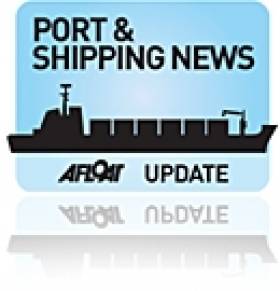Displaying items by tag: European Heritage Ports
Five European Port Heritage Projects Shortlisted for ESPO Award
#HeritagePorts – What do the following five European ports; Antwerp, Cartagena, Dover, Livorno and Olso share in common?
The answer is that they have been selected for the shortlist of the European Sea Port Organisation's (ESPO) Award on Societal Integration of Ports.
The jury shortlisted the five port applications from a total of 14 submissions for the fifth edition of the ESPO Award. The theme of this year's competition is 'Heritage', because societal integration of ports also means focusing on the contemporary use and disclosure of port traditions.
The public interest in heritage has increased considerably in recent years and has gained strong tourist potential. Most ports boast rich collections of industrial and other heritage, including equipment, buildings and monuments.
This potential can be used in an innovative way not just to explain a port's history, but also to make the connection with present and future development. The iconic value and contemporary use of port heritage can also be employed as a strong promotion tool.
"Many European ports value and cultivate their heritage. Our job was to choose the most exciting projects among a very varied selection of them. Several stood out as particularly creative and visionary. Now we need to choose between them," said jury chairman John Richardson.
The winner of the fifth ESPO Award will be announced on 6 November, during the traditional ceremony that will be held at the Town Hall of Brussels.
The ESPO Award was established in 2009 to promote innovative projects of port authorities that improve societal integration of ports, especially with the city or wider community in which they are located. In this way, the Award wants to stimulate the sustainable development of European ports and their cities.
The shortlisted projects will be presented on the ESPO website in the running up to 6 November.





























































